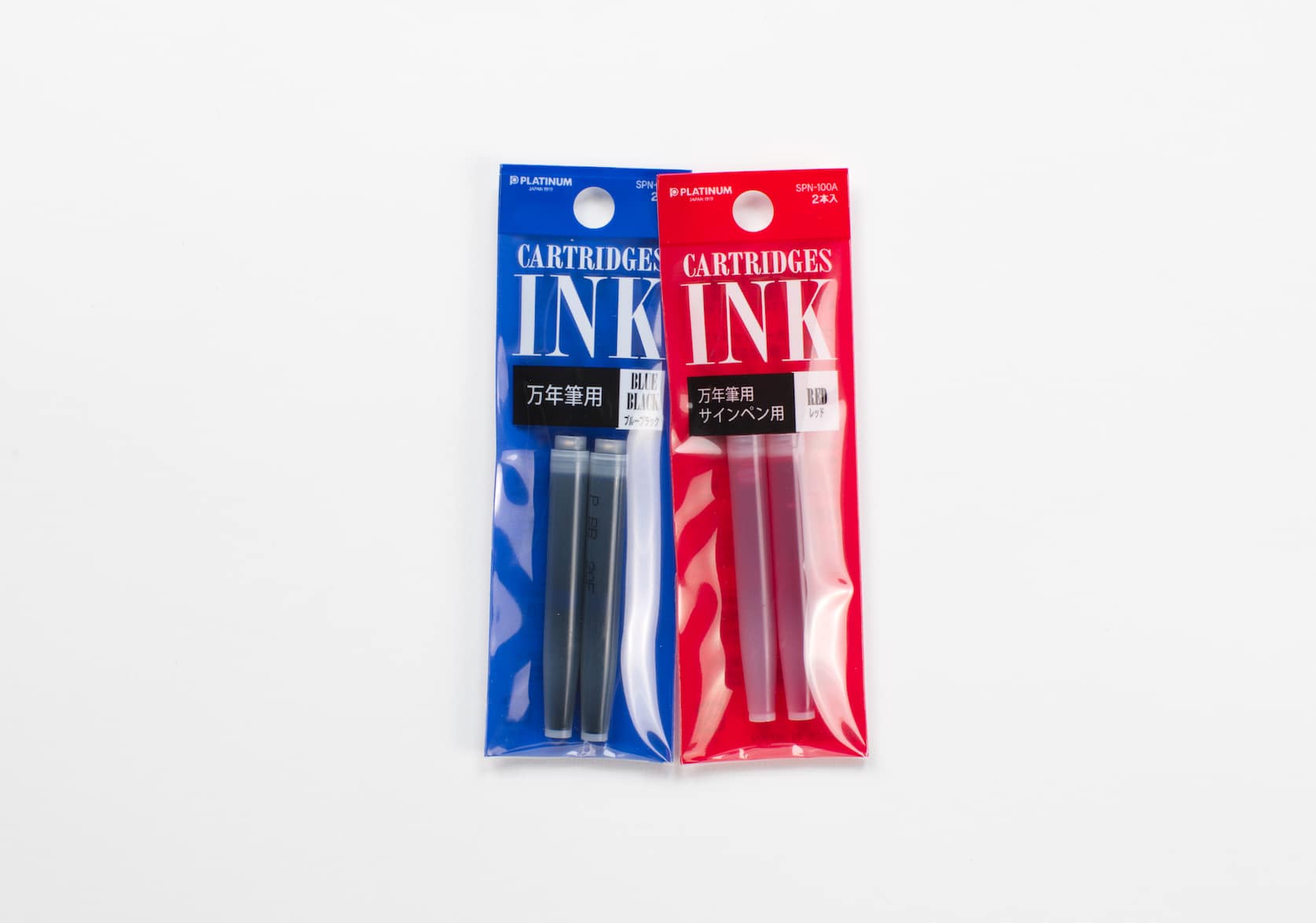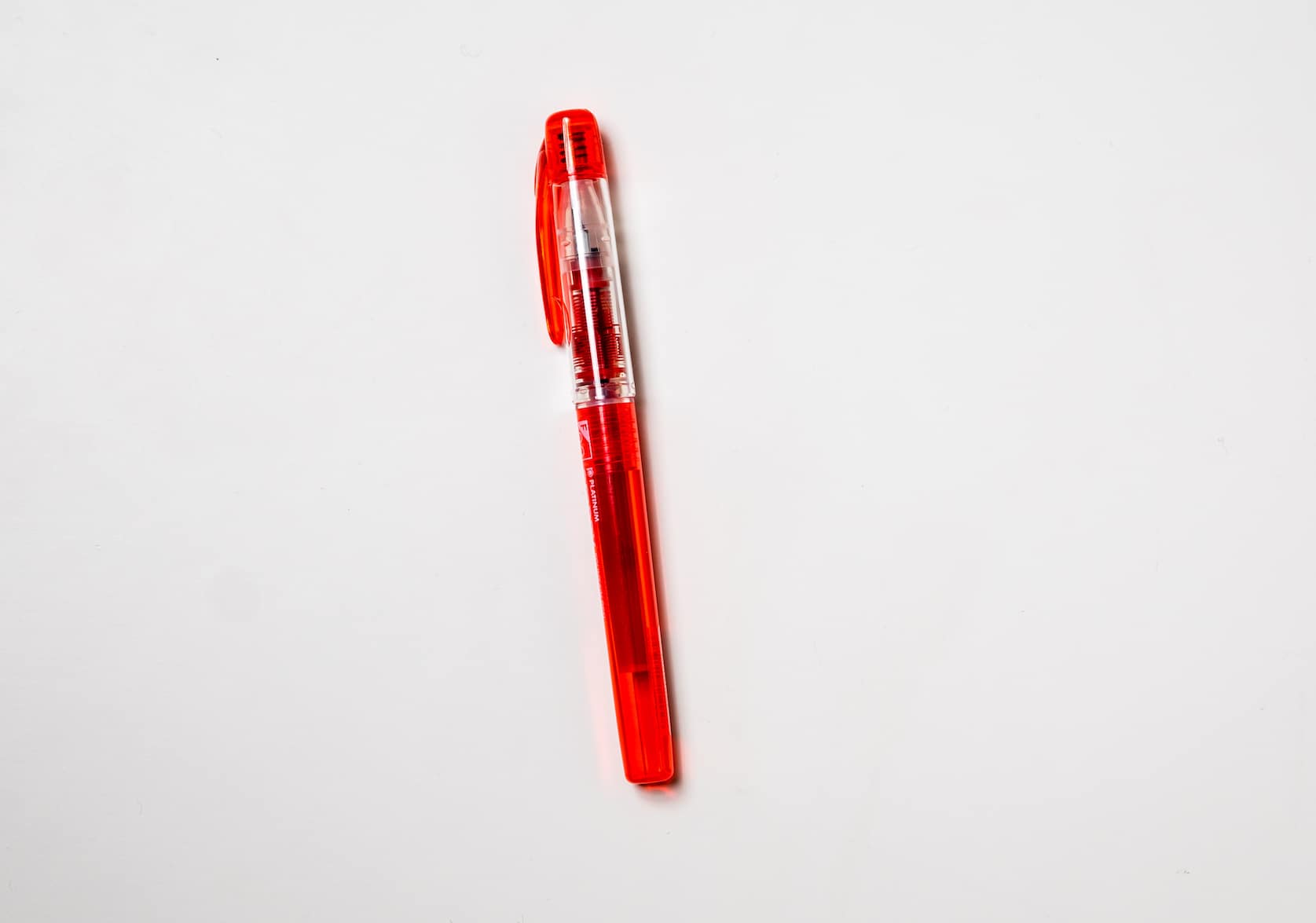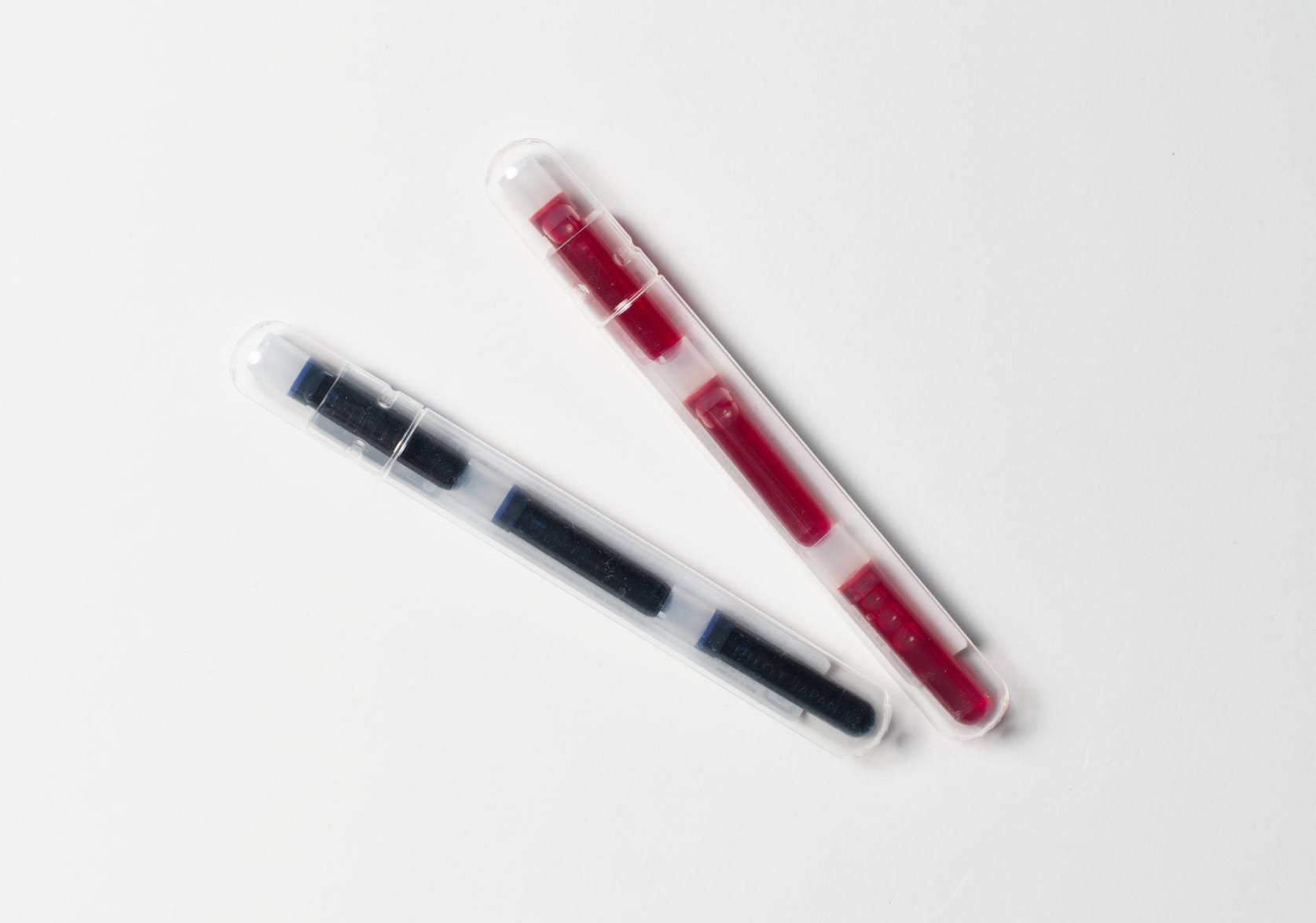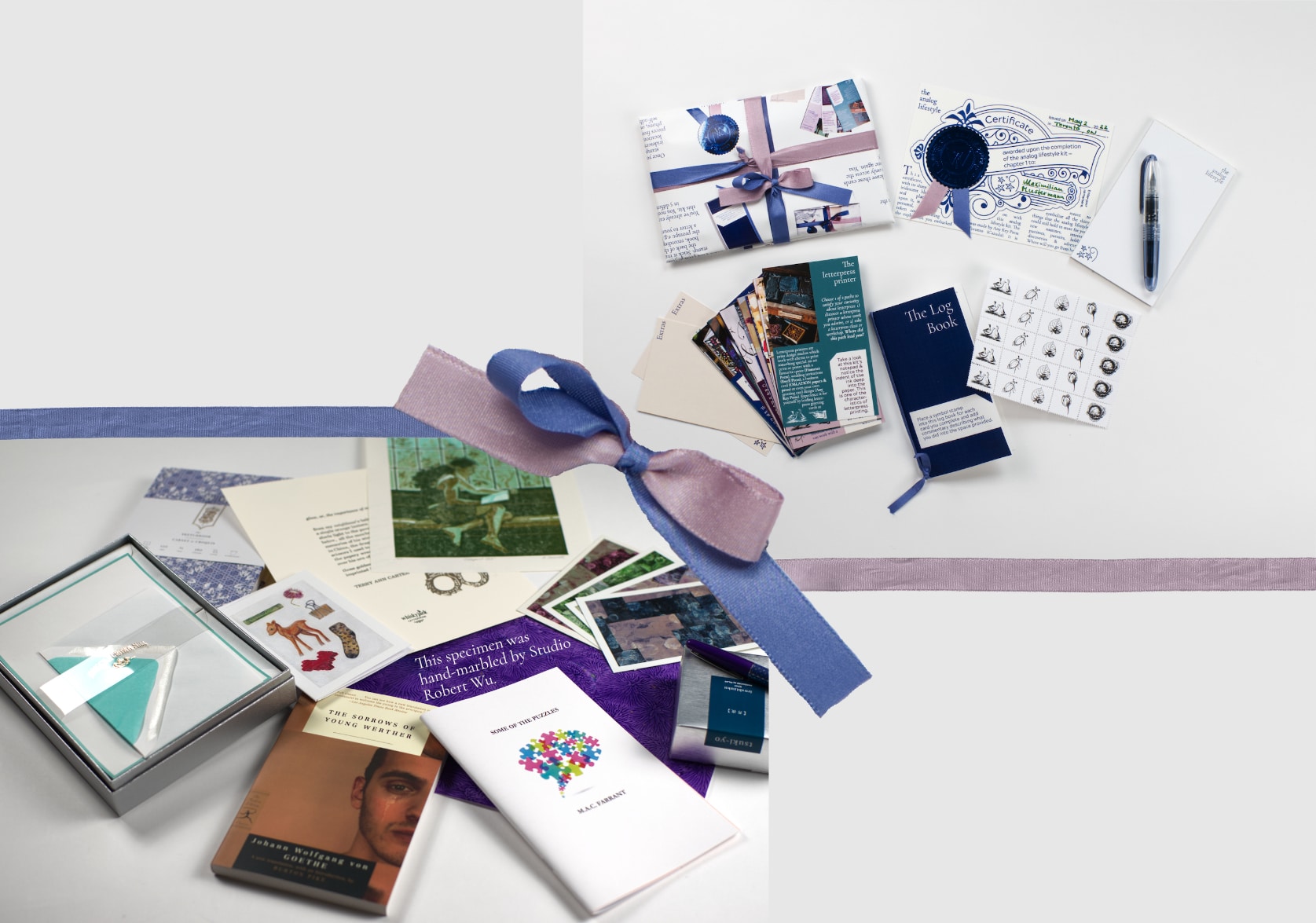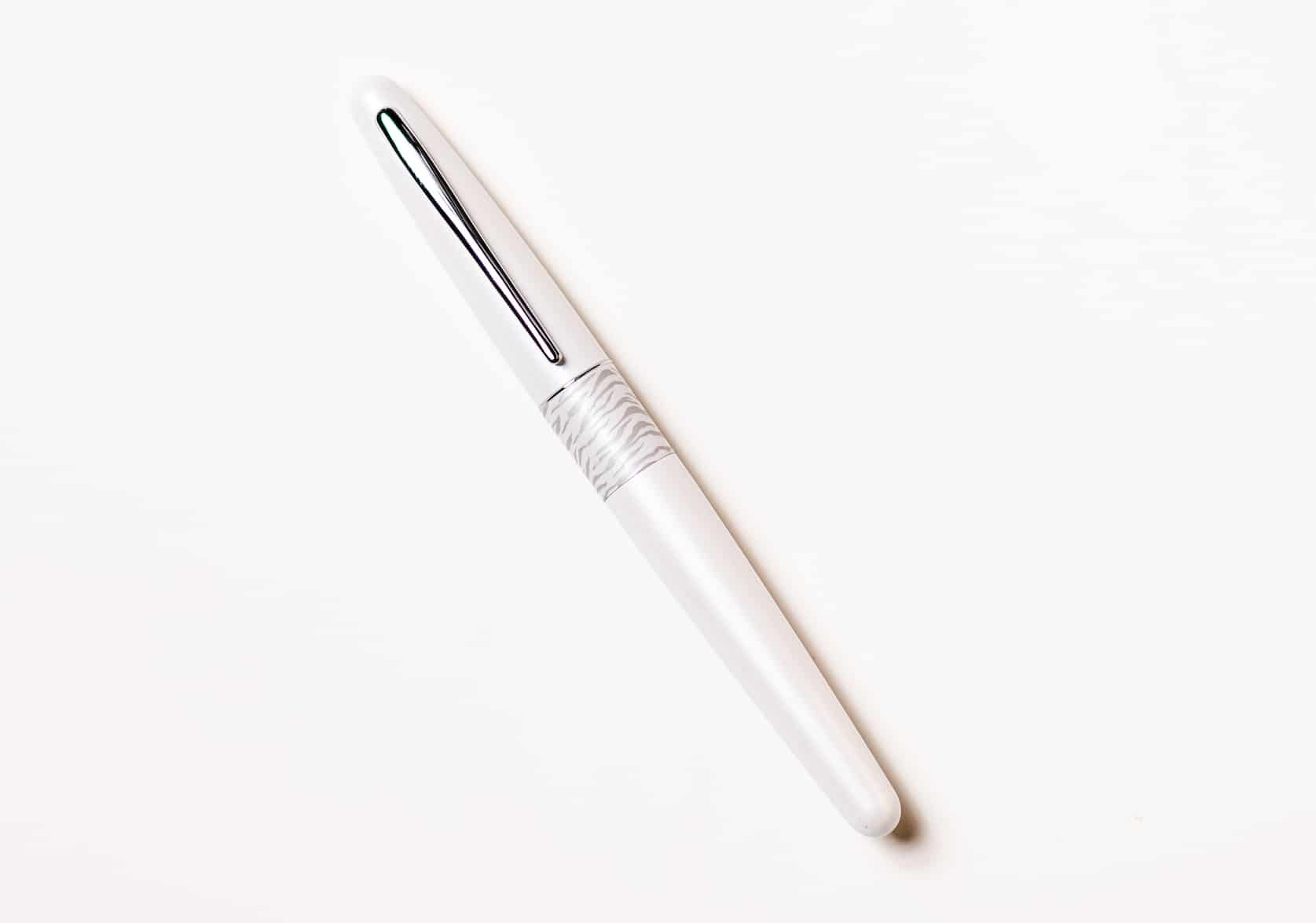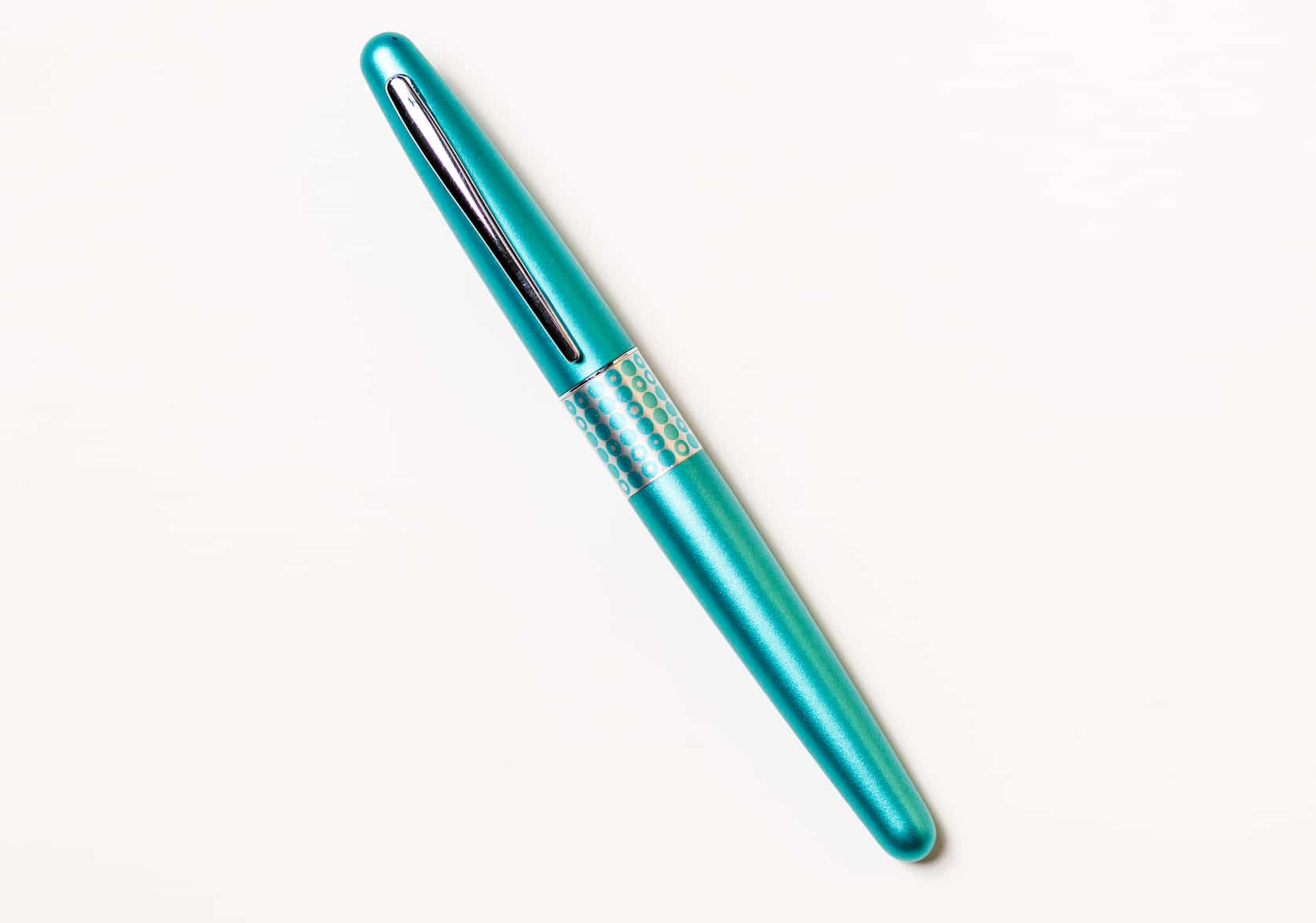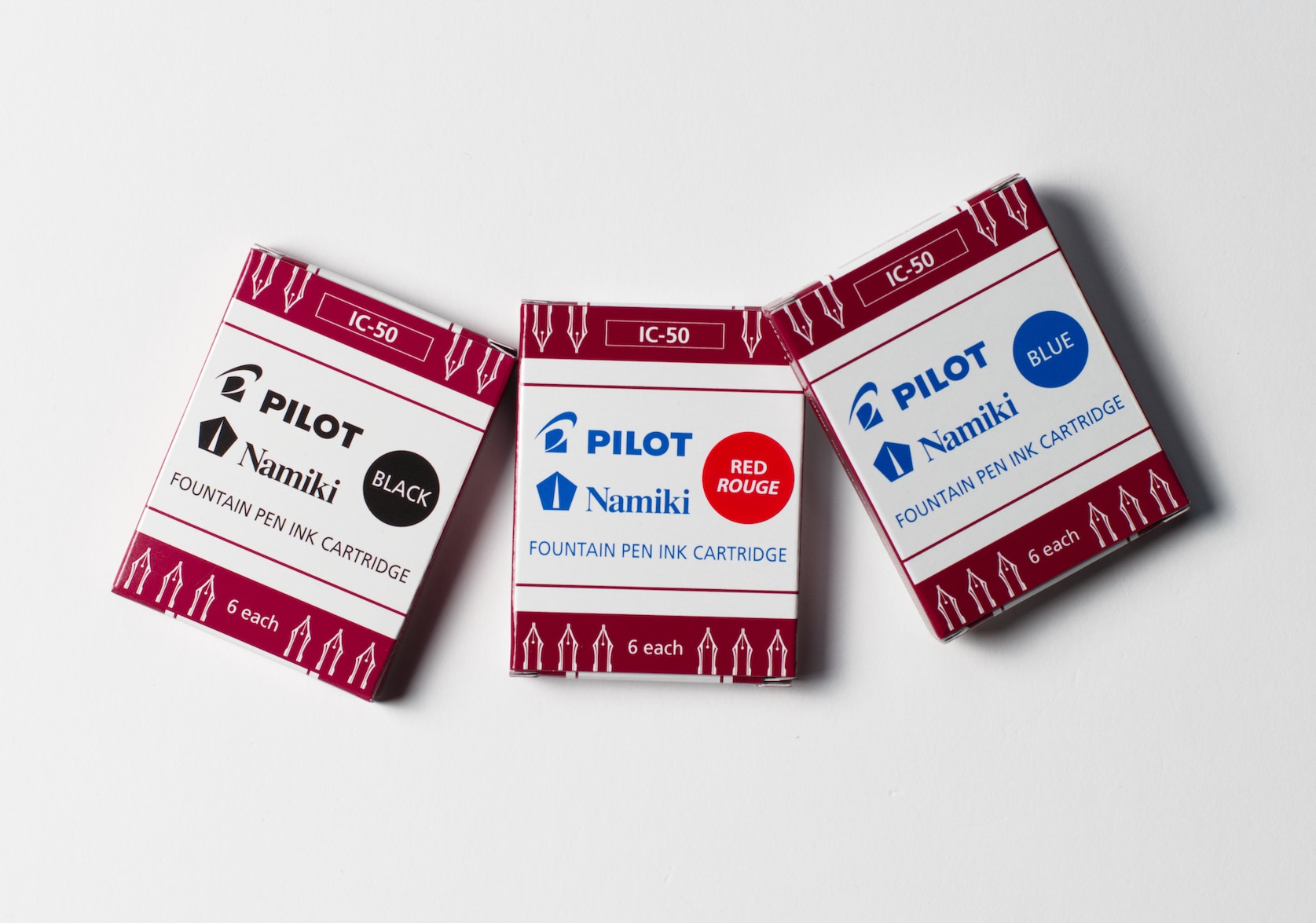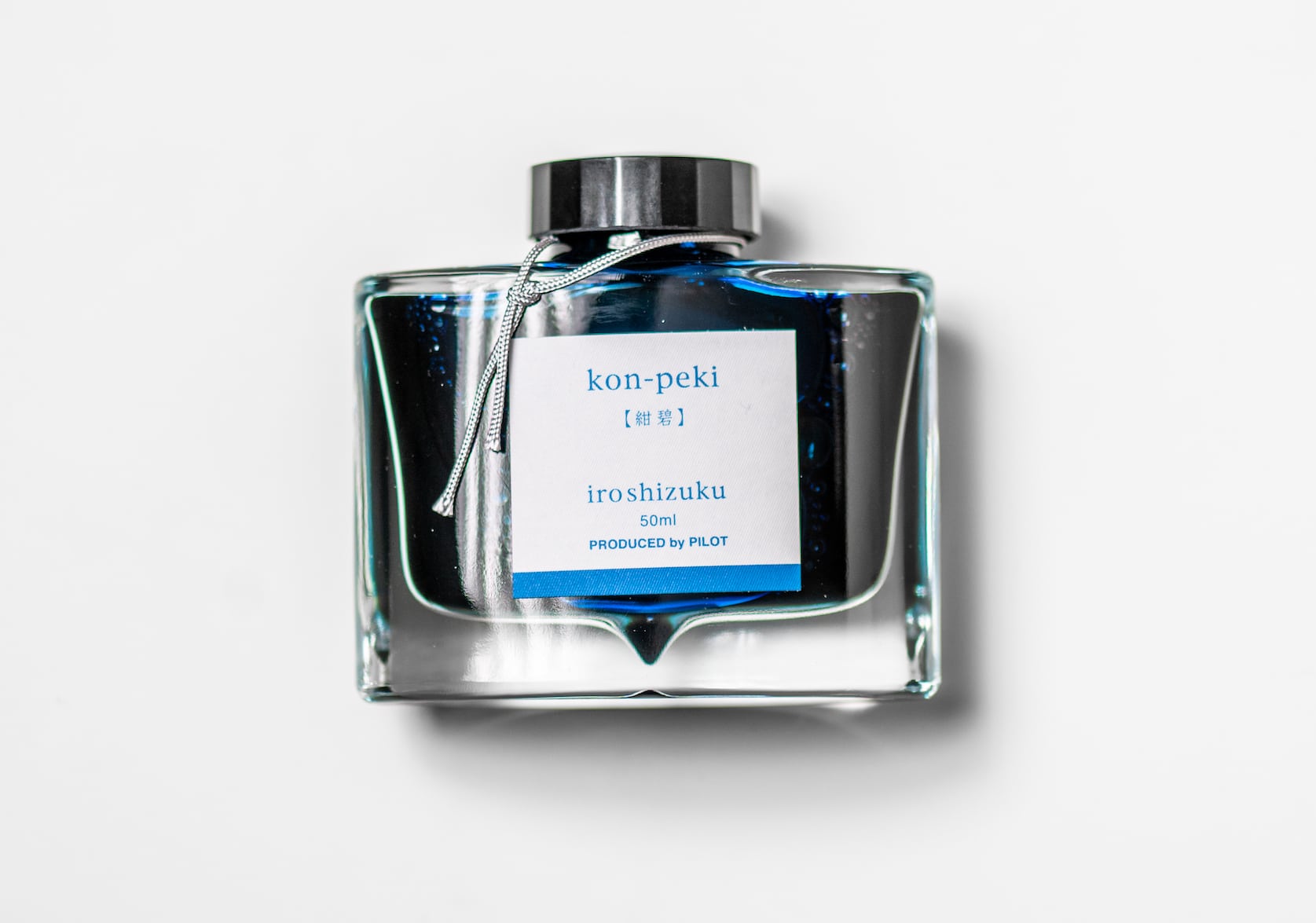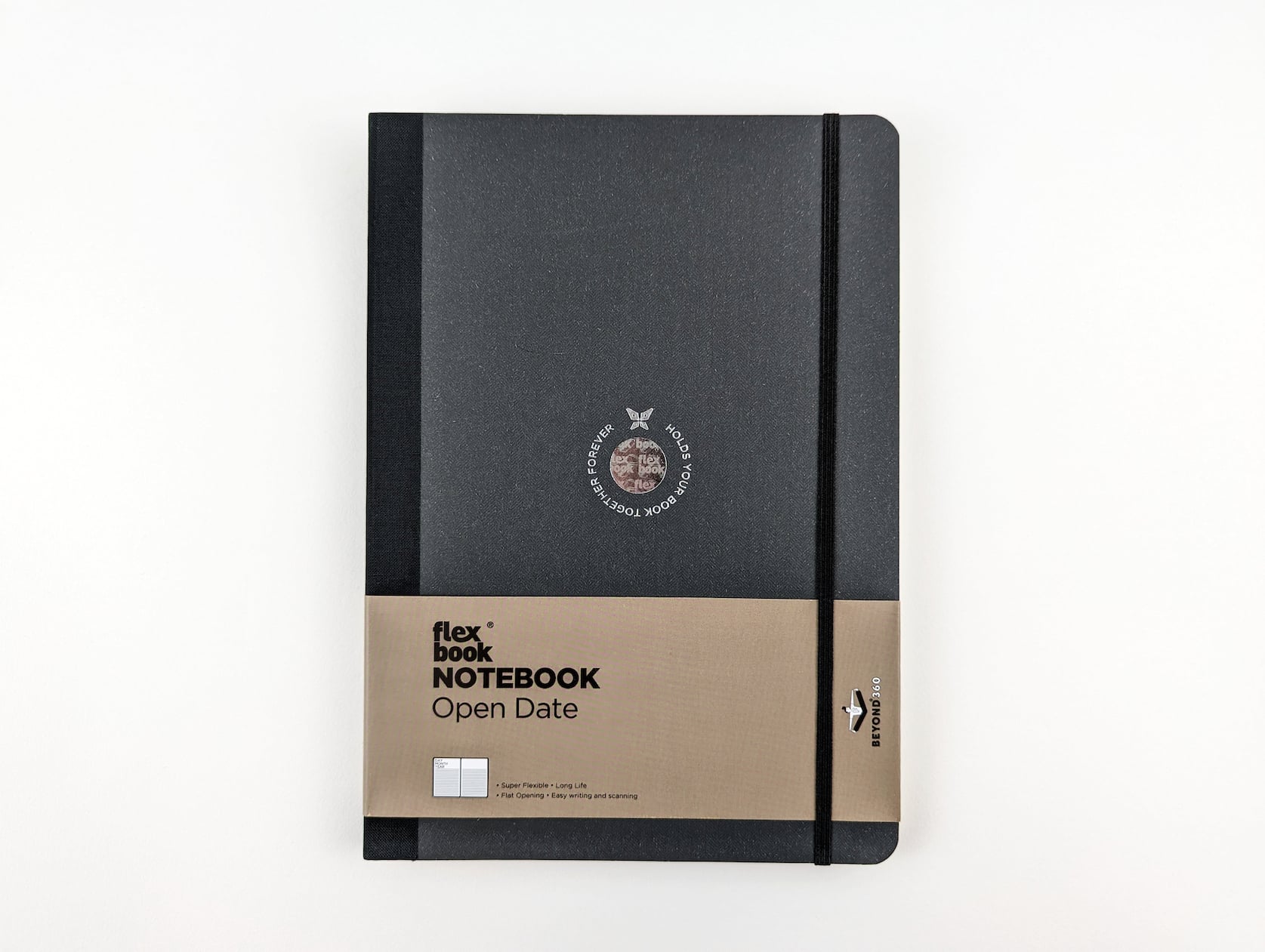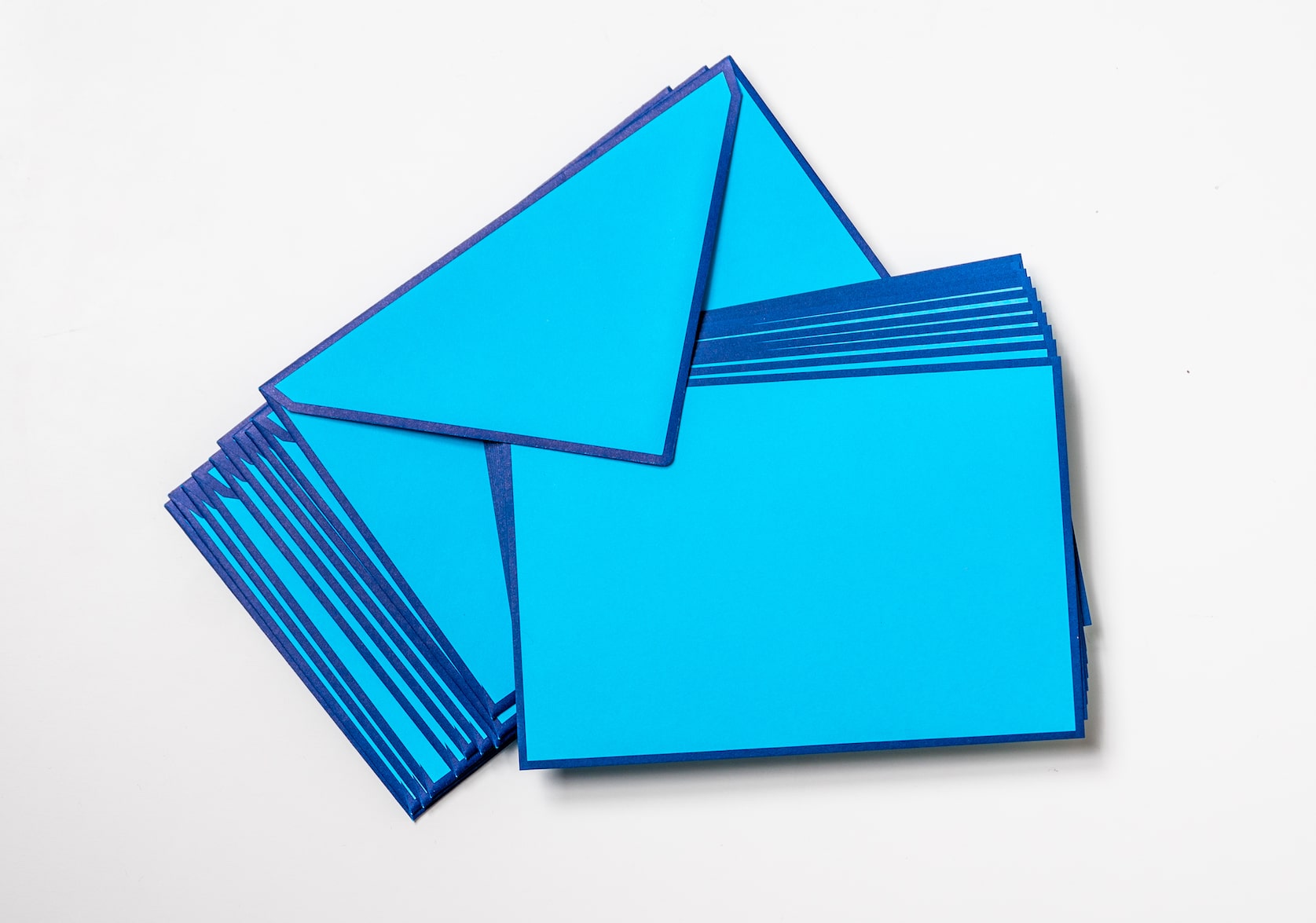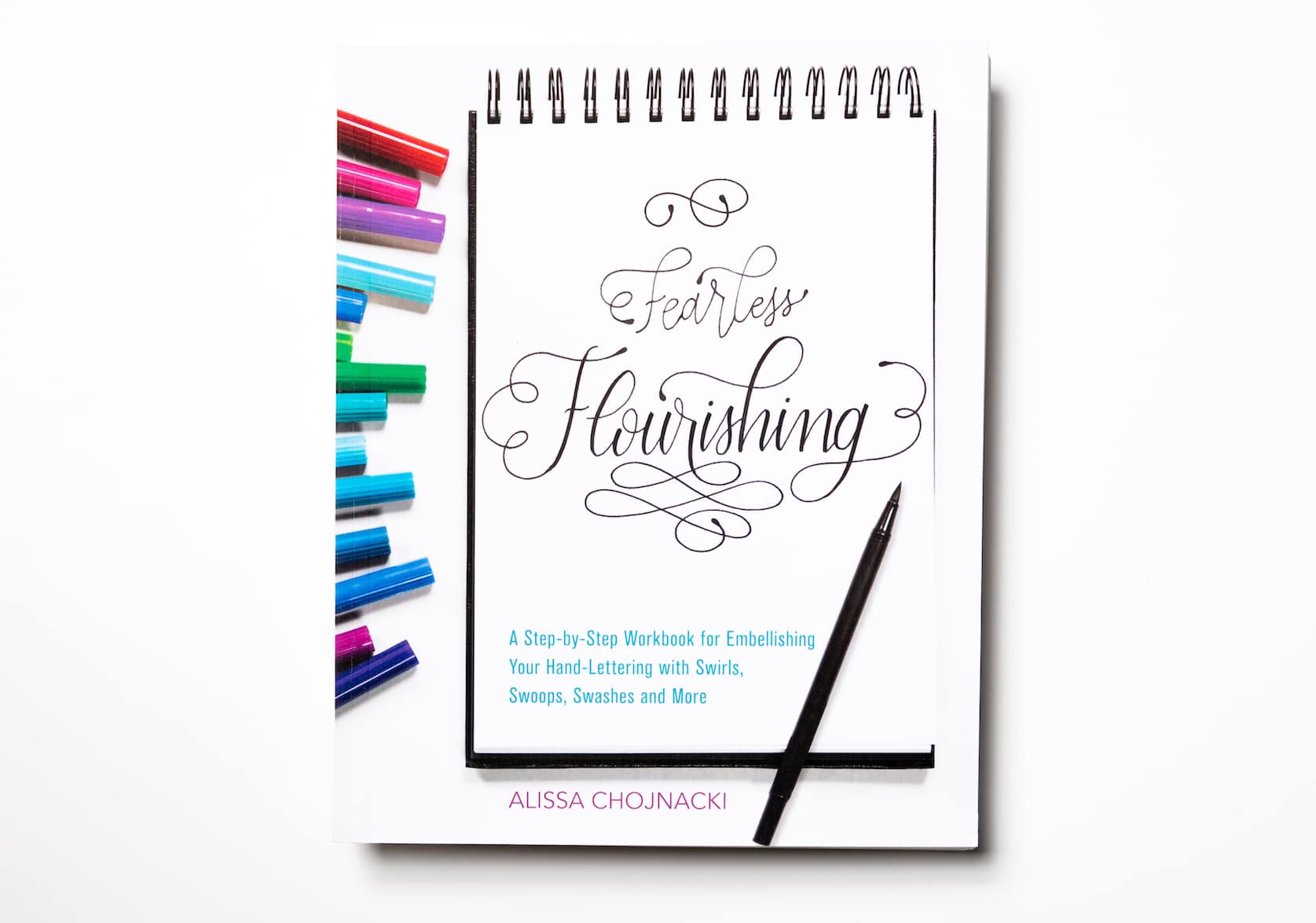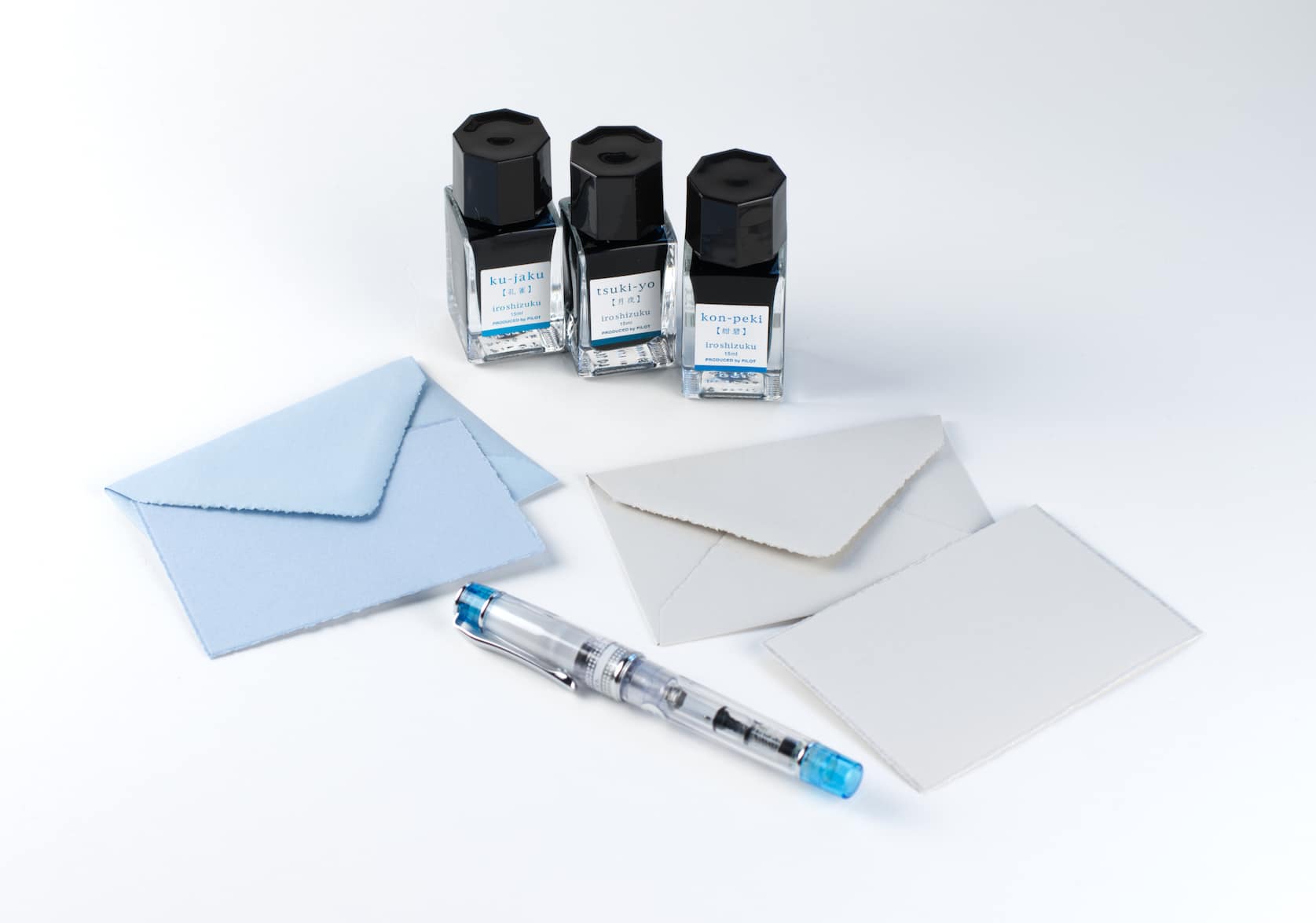So, now that you’ve become familiar with your fountain pen’s basic anatomy and uses (if not, check out part 1 of the series), it’s time to start having fun and writing with it! But first, your pen needs an ink source. In part 2 of our Pen & Ink series, we’ll show you how to use ink cartridges with your pen.
As we mentioned in part 1, ink delivery systems can either be in cartridge or converter formats. You need a converter if you want to use bottled ink with your fountain pen. A quicker and easier way to fill your pen with ink is to use ink cartridges. Cartridges are made of plastic and come pre-filled with ink – and, unlike converters, they’re disposable.
Ink cartridges are easy to use
There are benefits of cartridges: they usually involve less hassle to refill the pen with ink. Most beginner/entry-level fountain pens work with ink cartridges; and because these pens are also quite affordable, using pens that take cartridges is a great way to get started with fountain pens.
But ink cartridges can have limited colour options, so you may want to “graduate” to using converters and bottled ink later on. Many fountain pen brands also require special cartridges that are made specifically for a particular brand, which means you need to be careful to get the right kind of cartridge for your specific pen, because the cartridges cannot all be used interchangeably.
Installing a new cartridge
The cartridge gets attached to the section of the pen, where it gets pierced by the feed and, from there, the ink travels to the nib. To access the section, remove the cap and unscrew the barrel from the section. If your pen comes with both a cartridge and a converter, the converter may already be installed. If this is the case, gently pull or unscrew the converter out of the section and set it aside (the box your pen came in is a good storage spot). When you buy a Pilot Metropolitan fountain pen at Young W, it already comes with a converter, so in the video below we’ll show you how to remove it and to install an ink cartridge instead.
Once you’ve unscrewed the barrel from the section, you’ll need to figure out which end of the cartridge gets inserted into the section (in the case of our Pilot Metropolitan pen example, it’s the wide end of the ink cartridge, the end with the collar, see ink refill infographic below); if you’re not sure, consult the pen manufacturer’s website by looking up your pen model. Press the cartridge firmly into the section until you feel it puncture, then reassemble your pen.
Once you’ve installed your cartridge, the ink will need to flow into the feed before reaching the nib. This doesn’t happen instantaneously and can take some time. To speed up the process, and get writing as soon as possible, hold the pen nib side down and gently squeeze the cartridge 2-3 times to get the ink flowing to the nib before reassembling the pen.

Ink cartridge (between the section and the barrel).
This is a Pilot Metropolitan fountain pen (Dots Turquoise Retro Pop Fountain Pen MR3), disassembled to show you where the cartridge goes: into the section, where it will live inside the barrel once you’ve reassembled the pen.
Which cartridge end gets inserted?
Make sure you insert the ink cartridges with the correct end into the fountain pen. The ink refill infographic below shows what that right end is for several popular ink cartridges.

A selection of ink cartridges.
Types of ink cartridges
Ink cartridges range in size and shape. You will see that in our selection of cartridges pictured above, from the Parker cartridge (the longest) to the standard international (the shortest) in our example.
The Pilot Metropolitan fountain pen uses a Pilot IC-50 cartridge, which is distinguished by the collar at the end of the cartridge (this is the end that gets inserted into the section); these ink refills come in packs of six. (In fact, ink cartridges usually come in packs of multiples, such as 5 or 6 in a pack.) The Pilot IC-50 ink cartridge is made of relatively soft plastic, so you can squeeze it to get the ink flowing into the feed and out onto the nib.
Young W also carries Pilot Petit1 cartridges, which go with the Pilot Petit1 pens. These are among the shortest cartridges in our example and they come as a set of 3 in a tube.
And our Platinum Preppy fountain pens use Platinum cartridges, which have a tapered end at the bottom and a metal ball at the end that’s inserted into the section.

The metal ball of a Platinum ink cartridge.
Ink cartridge compatibility
As we noted earlier, not all types of cartridges will work with every pen. Make sure you know what brand and model of cartridge is suitable for your pen. It’s always best to follow these principles when dealing with fountain pen cartridges:
-
- Buy ink cartridges from the same manufacturer as the pen. This is often required because cartridges can be proprietary. In cases where standard international cartridges can be used, manufacturers may claim that their brand of ink is specially formulated for their nibs.
- Buy ink refills when you buy a new pen. Does the retailer sell only the fountain pen or also the refills? At Young W, we sell refills for any kind of pen we offer. Sometimes, you’ll purchase a pen without getting refills at the same time from the same shop, only to find out later when you’re out of ink that they don’t stock ink refills. Depending on the type, ink cartridges can be difficult and/or expensive to obtain, so always make sure to check if the shop sells the cartridges too.
- Know where you can obtain refills. If you choose to not get extra ink cartridges when you buy a new pen, make sure to know what kind of refills are required and where you can obtain them. This will save you hassle later on when your ink eventually runs out. It may also make you consider different fountain pens or shops if the refill cartridges are hard to get.
- Never assume. When trying to figure out what kind of cartridge and ink your pen takes, always double check with the manufacturer and/or the shop. The ink cartridge that a fountain pen takes can get confusing very fast – and it’s always best to never assume and be sure to check on a case-by-case basis. Sometimes, there could even be regional differences for the same model. It’s always good to double check!
If you’re not sure what cartridge goes with your pen, consult the pen manufacturer or a trusted shop
We can’t say this often enough: always be sure of what kind of specific ink cartridge refill your model of fountain pen uses! When in doubt, always consult the pen manufacturer, either their website or their customer service. Usually, the types of cartridge a fountain pen takes will fall under one of two categories: a Standard International cartridge or a proprietary cartridge.
Standard International ink cartridges
The following brands usually take the Standard International cartridges. This means if you have a short Standard International cartridge, it should fit most models from these brands:
-
- Caran d’Ache, Diplomat, Dunhill, Esterbrook, Faber-Castell, Kaweco, Montblanc, Montegrappa, Monteverde, Pelikan, S. T. Dupont, Schneider, Waterman.
Standard International cartridges come in two sizes, short and long. Technically, if your pen uses a Standard International cartridge, it can be used with either the short or the long version; however, the long version may not fit into your fountain pen if the barrel is not long enough to hold it. In that case, you would be just using the short version.
Proprietary ink cartridges
Fountain pens from the following brands have their own proprietary cartridges. This means that those pens can only be used with special cartridges made by these brands:
-
- Cross, Lamy, Parker, Pilot/Namiki, Platinum/Nakaya, Sailor, Sheaffer.
However, please note that any compatibility information provided here is only meant as broad, general guidelines. There will be model-specific differences with many brands. Again, it’s important to always check with the manufacturer or the shop you are buying the pen from.
Some brands, like Pilot for example, even have two kinds of cartridges: most of Pilot’s models use the Pilot IC-50 cartridges, but their Pilot Petit1 fountain pens have their own type of cartridges. And some Pilot models (like the Pilot Metropolitan pen in our example) may use one kind of cartridge in North America (Pilot IC-50) and another (Standard International) in Europe. You can see how this can quickly get complicated. But, not to worry: if you follow our principles outlined above, always check with the manufacturer what cartridge a pen takes and always get refills at the time of your fountain pen purchase, you should be good.
Ink cartridge colours
While some cartridge inks have a limited series of colours, others, like the J. Herbin Standard International ink cartridges for example, come in a broader assortment of colours. Other cartridge brands that offer multiple colours include Platinum, Lamy and Kaweco. In fact, if the colour range of ink cartridges is important to you, you may want to work backwards and start looking at cartridges first before you decide what pen to get.
While bottled inks come in luxurious containers and offer a wide selection of vibrant colours, with variations for each colour group (several versions of the colour blue, for instance), they’re mostly reserved for converters. More on this in a future post.
Now that you’ve installed your cartridge and have the ink flowing out onto the nib, you’re ready to enjoy the feel of writing, and even sketching, with your fountain pen.
Have fun!
Stay tuned for Pen & Ink series part 3, where we’ll talk about how to fill your converter, whether you have a piston converter or squeeze converter.
(Photo credits: header by Dahlia Katz, all others by Mr D.)




